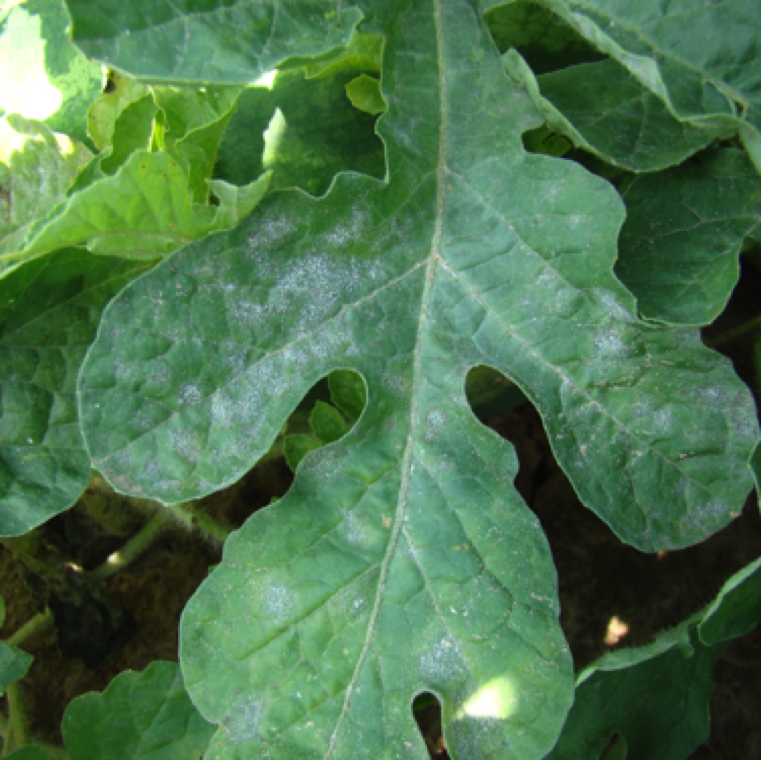Another week of watermelon production in Florida’s Suwanee Valley region, another confirmation of a potentially devastating disease. Fortunately, it appears that producers were ready for powdery mildew disease, says Bob Hochmuth, University of Florida Institute of Food and Agricultural Sciences (UF/IFAS) regional specialized Extension agent in Live Oak, Florida.

“It is confirmation, sort of like the downy mildew situation, where they’re both here now. We would expect there to be both downy and powdery here as we start harvesting, even though we’re a little early on the calendar. The physiological stage of the watermelon is at a point where we would expect to have both of those,” Hochmuth said. “I do think that because we had sort of this early recommendation to get started with the powdery mildew sprays as a preventative, I think they’ve done a really good job with that and held powdery at bay up to this point.
“That’s one of the things we like about our early detection program is we can get an early warning out to everybody as to what’s going on in the region. Everybody can make their own assessment of how they’re going to react to that. I feel like in the case of powdery, by getting started a little bit early, we’ve held that one down to a low roar.”
Hochmuth advises growers that are concerned about powdery mildew or have not initiated a preventative spray program to rotate targeted fungicides like Procure or Quintec in combination with broad spectrum fungicides such as Mancozeb.
For producers who are actively scouting for the disease, symptoms start as circular yellow areas on the leaves. As the infection progresses, growth of the fungus appears and can be observed on the underside of the leaves. “White powder” can be viewed on both surfaces of the leaves and stems as the tissue decays.









